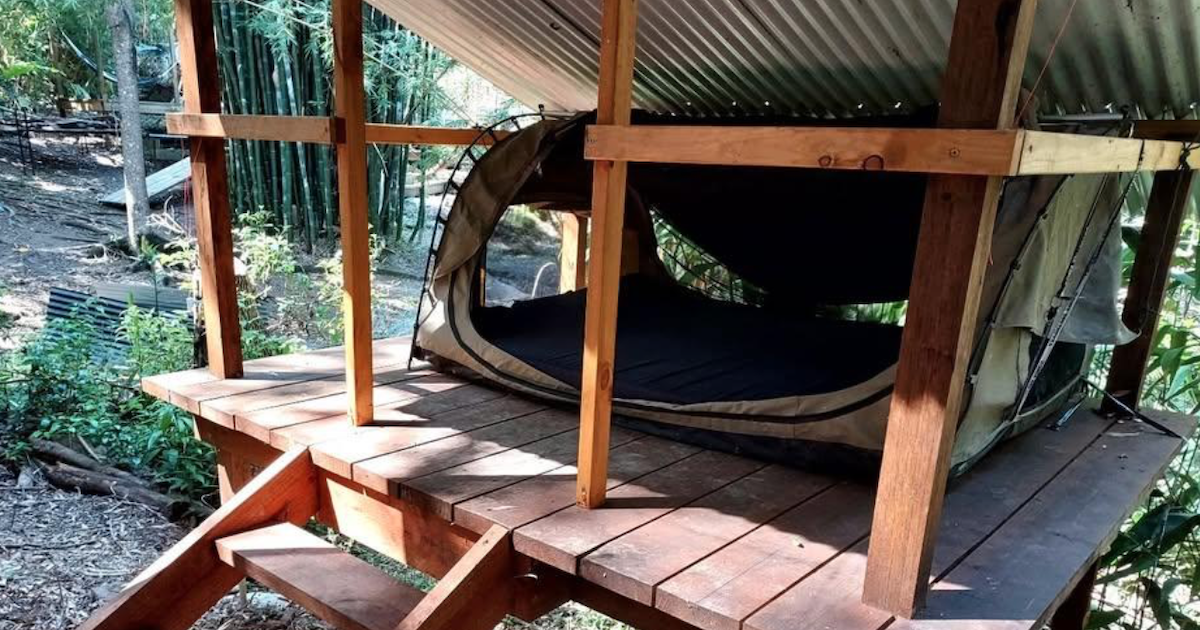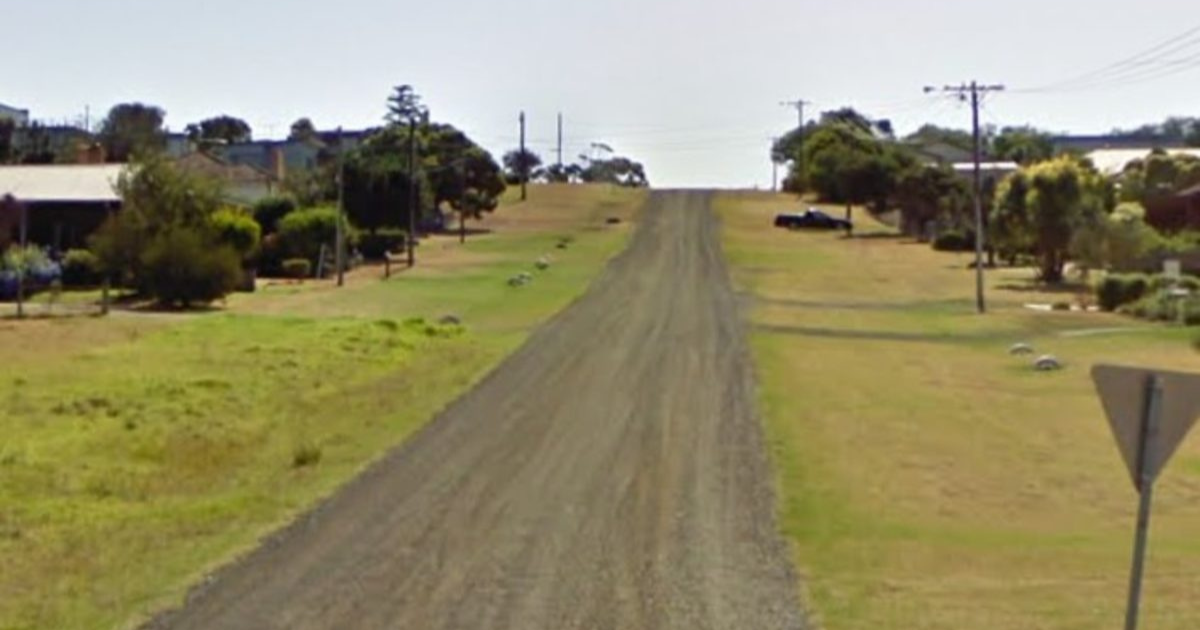Safety markers to go in along Great Ocean Walk
MORE than 200 emergency markers are being installed along the Great Ocean Walk and in four state and national parks to allow emergency services to locate lost or injured visitors more quickly.
The emergency markers are signs with a unique alpha-numeric number that allows a Triple Zero call-taker to pinpoint the caller’s exact location in a park or other open public space.
Without specific location information, such as a marker or named picnic ground, it is often difficult for lost or injured visitors to accurately describe where they are within natural bush settings such as a national park.
The additional emergency markers join a number of existing markers at key locations in those parks. In total there will be 150 in the Grampians National Park, 39 along the Great Ocean Walk, 10 in the Brisbane Ranges National Park, six in the Little Desert National Park and 14 in Werribee Gorge State Park.
Parks Victoria has worked with the Emergency Services Telecommunications Authority, Ambulance Victoria and Victoria State Emergency Service, to install emergency markers at key locations within 60 parks across the state.
“We identified emergency markers as a way to improve emergency service response during a multi-agency search and rescue learning exercise in the Grampians in late 2016,” Parks Victoria regional fire and emergency program co-ordinator Mark Urquhart said.
“Emergency markers have been in the You Yangs Regional Park and Lerderderg State Park for a number of years, where they have helped reduce response times and allowed injured visitors to receive medical attention more quickly.”
He said the markers in the Grampians were located on popular walking track intersections and key lookouts, particularly at locations with a history of injuries, and that visitors have already used the new markers to call for medical help.
“The end result is faster response times, which leads to better patient outcomes.
“We encourage visitors to look out for their own safety, be aware of their surroundings and wear appropriate footwear and clothing when bushwalking.”


















